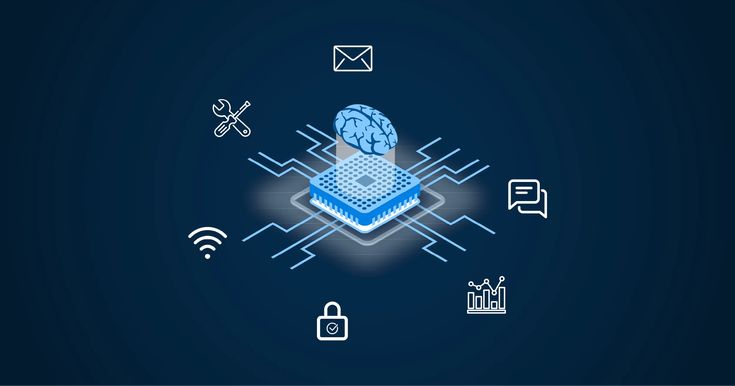Technology is all around us—your washing machine, microwave, smartphone, and even your car use a hidden yet powerful concept known as an embedded system. These systems work quietly in the background, making our devices smarter and more efficient. But what exactly is an embedded system, and is it possible to build one without using a microcontroller? Let’s explore.
What is an Embedded System?
An embedded system is a computer system designed for a specific function within a larger device. Unlike a general-purpose computer (like your laptop), embedded systems are task-specific and optimized for performance, reliability, and efficiency.
For example:
-
A washing machine uses an embedded system to control the wash cycles.
-
A car airbag system has an embedded system to detect a crash and trigger airbags instantly.
-
A smartwatch uses embedded systems to monitor heart rate, count steps, and display notifications.
Key Features of Embedded Systems:
-
Task-specific functionality.
-
Low power consumption.
-
Real-time operation.
-
Compact and cost-effective.
-
Combination of hardware (sensors, actuators) and software (firmware, control logic).
Role of Microcontrollers in Embedded Systems
Most embedded systems use microcontrollers—tiny integrated circuits that combine a processor, memory, and input/output peripherals. A microcontroller is like the “brain” of the system.
For instance, in a microwave oven:
-
The microcontroller reads input (button press).
-
It processes the instruction (set cooking time).
-
It controls output devices (turns on the magnetron and motor).
Is it Possible to Make an Embedded System Without a Microcontroller?
The short answer is yes, but with limitations.
Before microcontrollers became widely available, engineers built embedded systems using discrete components such as:
-
Logic gates (AND, OR, NOT)
-
Timers (like the 555 IC)
-
Flip-flops and counters
-
Analog circuits
These could be combined to perform dedicated tasks. For example:
-
A simple traffic light controller can be built using timers and logic circuits.
-
A temperature-based fan controller can be made with analog sensors and relays.
Advantages of Microcontroller-Free Embedded Systems:
-
Simpler for very basic tasks.
-
No need for programming knowledge.
-
Can be cheaper for ultra-low-end applications.
Limitations:
-
Lack of flexibility—changing functionality often requires redesigning the circuit.
-
Poor scalability—difficult to handle complex tasks.
-
Larger circuit size and higher component count.
-
Less efficient compared to modern microcontrollers.
Modern Approach
Today, it is rare to design an embedded system without a microcontroller or microprocessor. With microcontrollers becoming cheaper, smaller, and more powerful, they offer:
-
Easy programmability (update or change features via software).
-
Integration of multiple functions on one chip.
-
Reduced circuit size and cost.
-
Support for sensors, communication (Wi-Fi, Bluetooth), and real-time operation.
Conclusion
An embedded system is essentially the “hidden computer” inside everyday devices, making them smart and functional. While it is technically possible to build one without a microcontroller using analog circuits and digital logic, this approach is limited and outdated for modern needs. Today, microcontrollers are the standard because they provide flexibility, efficiency, and scalability.
In short: Yes, you can build an embedded system without a microcontroller, but if you want modern functionality, a microcontroller is almost always the better choice.

